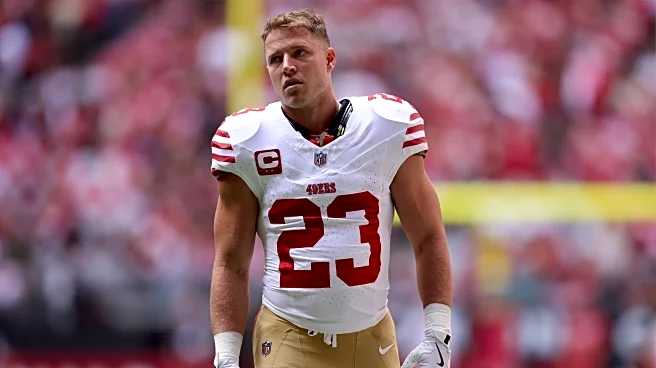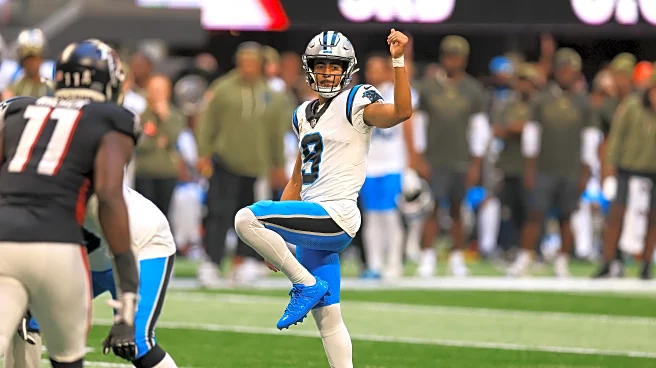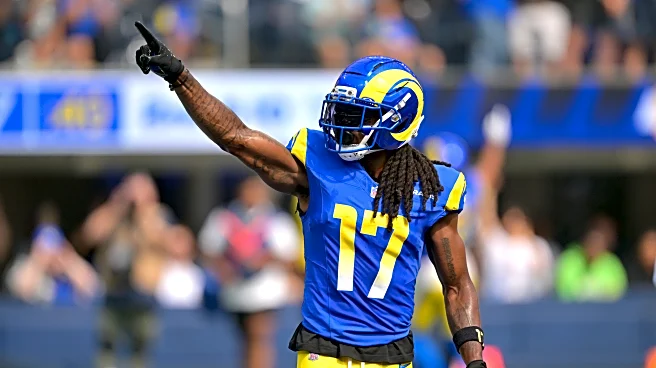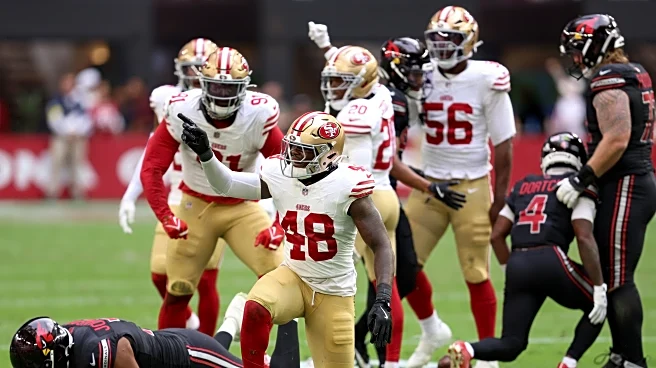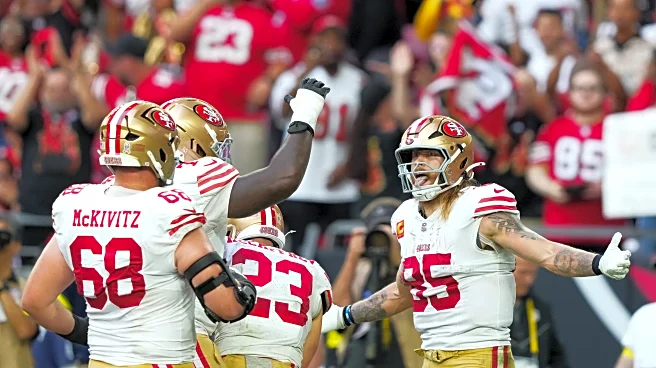San Francisco 49ers fans have long wondered why the team doesn’t invest more in its offensive line. Trent Williams has taken most of the allotted funds with his $82 million contract.
Outside of Williams,
the 49ers are rotating their left guards Spencer Burford and Ben Bartch, two free agents this offseason making under a combined $5 million. Center, and public enemy No. 1 Jake Brendel, is under contract through 2026. His base salary in 2025 is $3.15 million. Dominick Puni was drafted in the third round in 2024. He’s on a rookie contract. Right tackle Colton McKivitz earned an extension, but his cap number in 2025 is $4.4 million. The 49ers are big spenders, just not at the offensive line.
Despite using high-end resources, save Williams, along the offensive line, this is a unit that has been surprisingly effective this season. The 49ers are sixth in adjusted sack rate this season. On the ground, they are 15th in adjusted line yards and 12th in “power success,” which measures how efficient you are in short-yardage running situations. So, a hair above average in both.
When Christian McCaffrey is your running back, and you have invested at the skill position in the way the Niners have offensively, a hair above average should be more than enough for your offense to function at a level that would make a play-caller like Kyle Shanahan happy.
Puni playing poorly post-PCL
As we all know, injuries have crippled the 49ers on both sides of the ball. One injury that took a toll on the offense during the early part of the season was Dominick Puni. The second-year pro, who has started every game for the 49ers this season, wasn’t himself until about mid-October.
Puni suffered a PCL injury in August, causing him to miss a few weeks. As we found out with Los Angeles Rams wide receiver Puka Nacua in 2024 and Ricky Pearsall this season, that’s an injury that can linger. Nacua and Pearsall both missed six games.
Despite Puni trying to power through his injury, it is evident that he couldn’t move as well as he did as a rookie. Football is a game of balance. For offensive linemen, you can get embarrassed if you’re feet aren’t on the ground. You could tell early in the season that Puni was a bit tentative when it came to fully putting pressure on his injured right knee.
Here are a couple of examples from Week 3’s matchup against the Arizona Cardinals.
Puni climbs to the second level to block the linebacker. Despite the run going to the offense’s right, Puni leads with his left leg. Most offensive line coaches will tell you to step through the crotch of the defender you’re trying to block with the playside leg, which is Puni’s injured knee, in this instance. He doesn’t, and that leads to the linebacker later in the game.
The second step is the most important one for an offensive lineman. Later in the game, Puni was a step slow, literally, and that’s all Calais Campbell needed to win on an arm over against him.
When I watch that play, I see a player late in the fourth quarter who is thinking about his knee more than the giant man in front of him.
Unfortunately for Puni, these plays were all too common during the first month and a half of the season. Shanahan already asks enough of his linemen. Executing on one leg is nearly impossible.
Watch the right guard once more on this play. Does this look like someone confident enough to plant his foot?
That looks like a player going out of his way to do anything he can to avoid putting pressure on his right leg, which is why you see Puni lose his footing.
Per Sports Info Solutions, Puni had 17 blown blocks from Weeks 1 through 6.
Balance leads to a bounce back
Around Week 7 was when you could see Puni begin to turn the corner and look like the player Trent Williams said had All-Pro potential as a rookie. Since Week 7, Puni has only accounted for four blown blocks in a span of five games. It’s been an incredible turnaround, and the primary reason why Christian McCaffrey and the ground game have gotten going.
The 49ers’ rushing attack has been far more diverse, which has led to their effectiveness during the past month or so. When Puni wasn’t healthy, the team relied heavily on more zone concepts. As Puni has been able to move, we’ve seen more play calls that ask him to pull and execute on the move, as well as more screen passes.
The zone-to-gap run ratios were lopsided during the first five weeks of the season. The running backs had 88 zone rushes compared to just 29 gap schemes. Something changed against Tampa Bay. And since that week, the ratio has swung in the other direction. During this current stretch, Shanahan has called 74 zone plays compared to 55 gap schemes.
Thanks to a more balanced approach, we’re slowly but surely seeing the 49ers’ running game come to life. It’s a lot easier to call those plays now that his right guard can run again, change directions, and redirect — all issues for Puni through the first five-ish weeks.
Around Week 7, you could see an extra pep in Puni’s step. Now, Shanahan could call these gap schemes in both directions. Now, Puni could not just redirect; he could adjust on the fly without having to think about his knee holding up.
This play against the Falcons is a prime example:
Through the first five weeks of the season, Christian McCaffrey and Brian Robinson averaged 3.3 yards per carry with only six combined carries going for 10+ yards on 118 attempts. During that span, the 49ers were 23rd in rushing success rate and 27th in rushing EPA — things you do not see under Shanahan.
Once Shanahan started to sprinkle in more plays like the one above, where linemen pull, there was a drastic difference in production. Since Week 6, McCaffrey and Robinson have averaged 4.2 yards per carry with 17 carries of at least 10+ yards on 111 attempts. During this stretch, the Niners have been ninth in rushing EPA and fifth in rushing success rate.
It’s always nice when the statistics match what your eyes tell you. In this case, Puni’s ability to literally run, as he does on the play below, has been a game-changer for the offense.
The focus has been on the quarterback and top wide receiver returning, but the 49ers’ offense has turned a corner thanks to their ground game getting going.
None of this was happening during the initial month of the season. Health and balance have helped restore the 49ers’ offensive attack. Quite the concept, eh?




